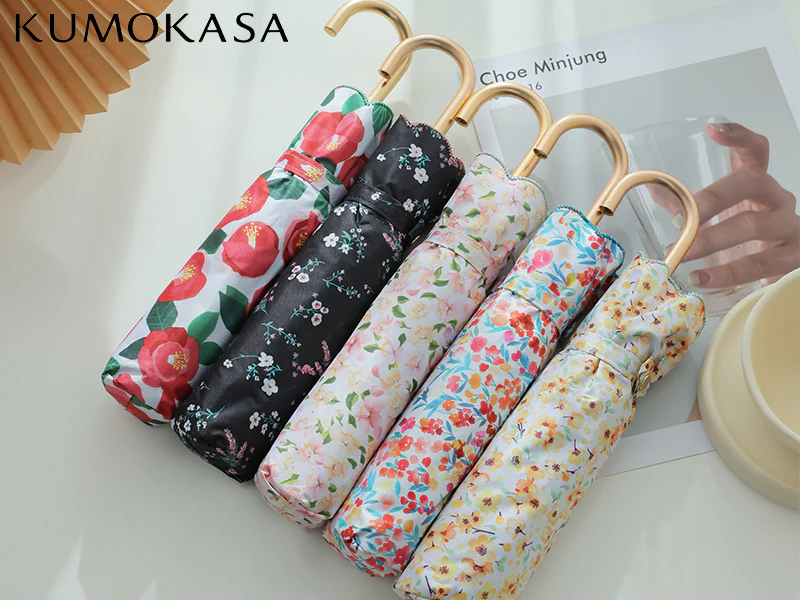Creating beautiful flower arrangements is like painting a masterpiece. Every little piece matters, making the whole thing pop. Sure, colors and flower types grab your attention first, but let’s not forget about texture and depth.
So, why are texture and depth so important in flower arrangements? And how can you use them to turn your floral designs into eye-catching masterpieces? Let’s dive in and find out.
Table of Contents
What is a Beautiful Flower Arrangement?
Texture in floral designs relates to the surface qualities of materials, covering visual and tactile aspects. Visual texture is about how flowers and foliage look, while tactile texture is about how they feel. To explore stunning fresh flowers and exquisite floral arrangements with the convenience of same-day or next-day delivery, simply explore our fresh flower arrangements.
Types of Textures in Flowers
Flowers come with various textures, each bringing its unique charm. You have smooth petals like those of a rose, fuzzy leaves on a lamb’s ear, and spiky elements such as thistles. Combining different textures adds interest and complexity to your arrangement.
Using Foliage to Add Texture
Foliage isn’t just filler; it adds significant texture. Think about the soft, feathery leaves of ferns versus the broad, waxy leaves of magnolia. Each type of foliage brings a different feel to an arrangement, making it look richer and more layered.
The Role of Depth in Flower Arrangements
Depth gives your arrangement a three-dimensional look, making it more engaging and dynamic. It involves the strategic placement of flowers at varying heights and distances from the viewer.
Creating Depth with Flower Placement
To create depth, place larger, bolder flowers in the foreground and smaller, more delicate blooms toward the back. This layering effect mimics the natural world, where elements come in various sizes and distances.
Practical Tips for Adding Texture and Depth
Start by choosing various flowers and foliage with different textures. Use a mix of smooth, spiky, and fuzzy elements. Then, focus on arranging these components at different heights and layers to build depth.
Real-Life Examples of Texture and Depth
Consider a winter arrangement with pine cones, eucalyptus leaves, and white roses. The rough pine cones give it some texture, and those eucalyptus leaves? They toss in some depth by being scattered all around the roses.
How Texture and Depth Influence Perception?
An arrangement rich in texture and depth draws the viewer in, encouraging them to explore the piece from different angles. This engagement makes your floral design more memorable and impactful.
Enhancing Your Floral Skills
If you’re new to flower arranging, start small. Experiment with a few types of flowers and foliage to get a feel for how texture and depth work together. Over time, you’ll develop an intuitive sense of creating beautiful, balanced arrangements.
Common Mistakes to Avoid
Avoid using flowers with similar textures only; this can make your arrangement look flat. Also, be mindful not to overcrowd your arrangement, as this eliminates the depth and makes it appear cluttered.
Conclusion: Elevating Beautiful Flower Arrangements with Texture and Depth
Texture and depth are essential components in creating beautiful flower arrangements. They bring a sense of richness and dimension that color alone cannot achieve. By paying attention to these elements, you can transform your floral designs into captivating works of art.
Ready to take your flower arranging skills to the next level? Start experimenting with texture and depth today, and watch your arrangements come to life.
For more on this content, visit the rest of our blog!



